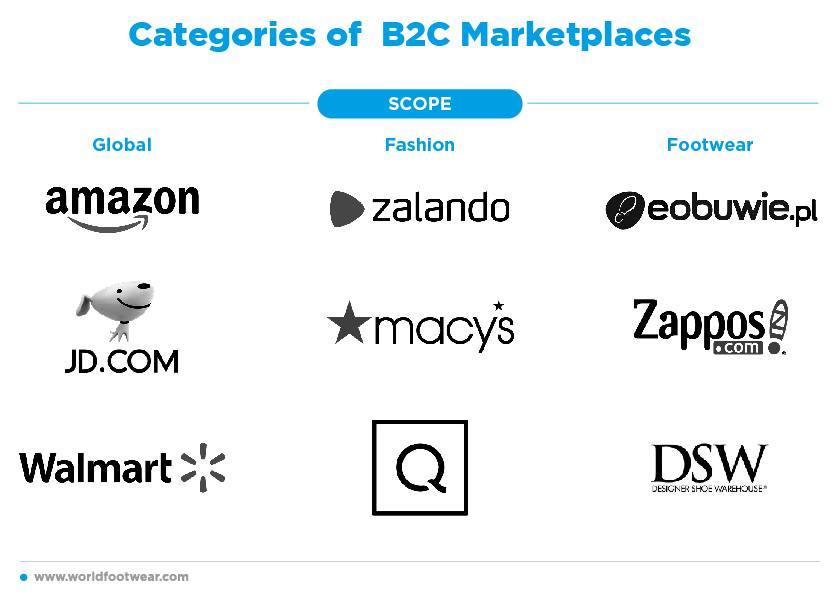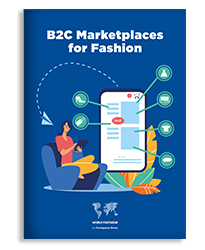Register to continue reading for free
Are you familiar with these different types of B2C marketplaces?

Each one of us is able to name a few B2C marketplaces and we probably have already tried some to buy our favourite products. But do we know how they can be at the service of our businesses and our brands? Are we familiar with the different types of platforms?
To answer this (apparently) simple questions we need to understand what such platforms are, how they function and how can they fit into the strategy of a specific business.
Online sales and B2C marketplaces facilitate several stages of the sales process, eliminating geographical barriers and providing an opportunity to communicate and reach new audiences and customer segments. As such, being present on a B2C platform gives the brand more visibility. However, there is plenty of fish in all of those oceans, and a brand must be very demanding about the content chosen to present their products on the platforms. This is key to captivate the attention of the potential customer.
B2C platforms should be seen as a complement to other sale channels. Brands should look at marketplaces as an addition to their e-shop and only as a channel for a strong communication campaign based in social networks, paid media, paid search and in some cases paid display on the marketplace itself. Each company will have to analyse all the different digital tools and understand the main outcomes of each of them and after doing a cost-benefit analysis, make their decisions.
B2C platforms offer security to consumers, especially to those who might still be uncomfortable with buying from the website of a small unknown brand. Marketplaces help to smooth the connection and communication between brands and potential customers.
B2C marketplaces eliminate some intermediary (Distributors, Retailers, etc.), reducing costs. This direct connection with the final customer also offers the vendor the possibility to define and control the pricing policy. When a brand sells products through retailers (sometimes on-line) they lose control of the final prices. Legally brands cannot impose any limitations to the final price the retailer charges. However, it is not just endless advantages and brands will have to analyse the costs of being in the B2C platforms and compare them with the benefits awarded. And they should be doing it regularly to ensure they are investing their resources in the most relevant platforms for their products.
Brands and companies cannot aim to be present in all B2C platforms. First of all, the list is endless. Secondly, the presence on a B2C platform has to be aligned with the type of products traded by the company and the strategy the brand is following. For example, we can categorise the different marketplaces according to their Scope (see examples below), their Origin or Price tag, but other categories are presented in the report.

So, before choosing a B2C platform, analyse it deeply, get in contact with them, ask about visitors and retention rates, and ask for a demonstration. Try to understand if the platform is focused on specific products, in terms of price range or end usage, or if they have a specific geographic presence. And of course, read the next pages as a starting point.
To get your copy of the new study click HERE
Table of Contents
Executive Summary
Framework
What is a B2C Marketplace?
Different types of B2C platforms
Advantages of the presence in a B2C Marketplaces
How can the presence in a B2C Marketplace improve a company's performance?
Aspects and characteristics to consider when entering a B2C Marketplace
How do I choose the right platform for my business?
How can B2C Marketplaces evolve in the future?
List of B2C Marketplaces
Detailed analysis of selected B2C Marketplaces
Key takeaways
Framework
What is a B2C Marketplace?
Different types of B2C platforms
Advantages of the presence in a B2C Marketplaces
How can the presence in a B2C Marketplace improve a company's performance?
Aspects and characteristics to consider when entering a B2C Marketplace
How do I choose the right platform for my business?
How can B2C Marketplaces evolve in the future?
List of B2C Marketplaces
Detailed analysis of selected B2C Marketplaces
Key takeaways






